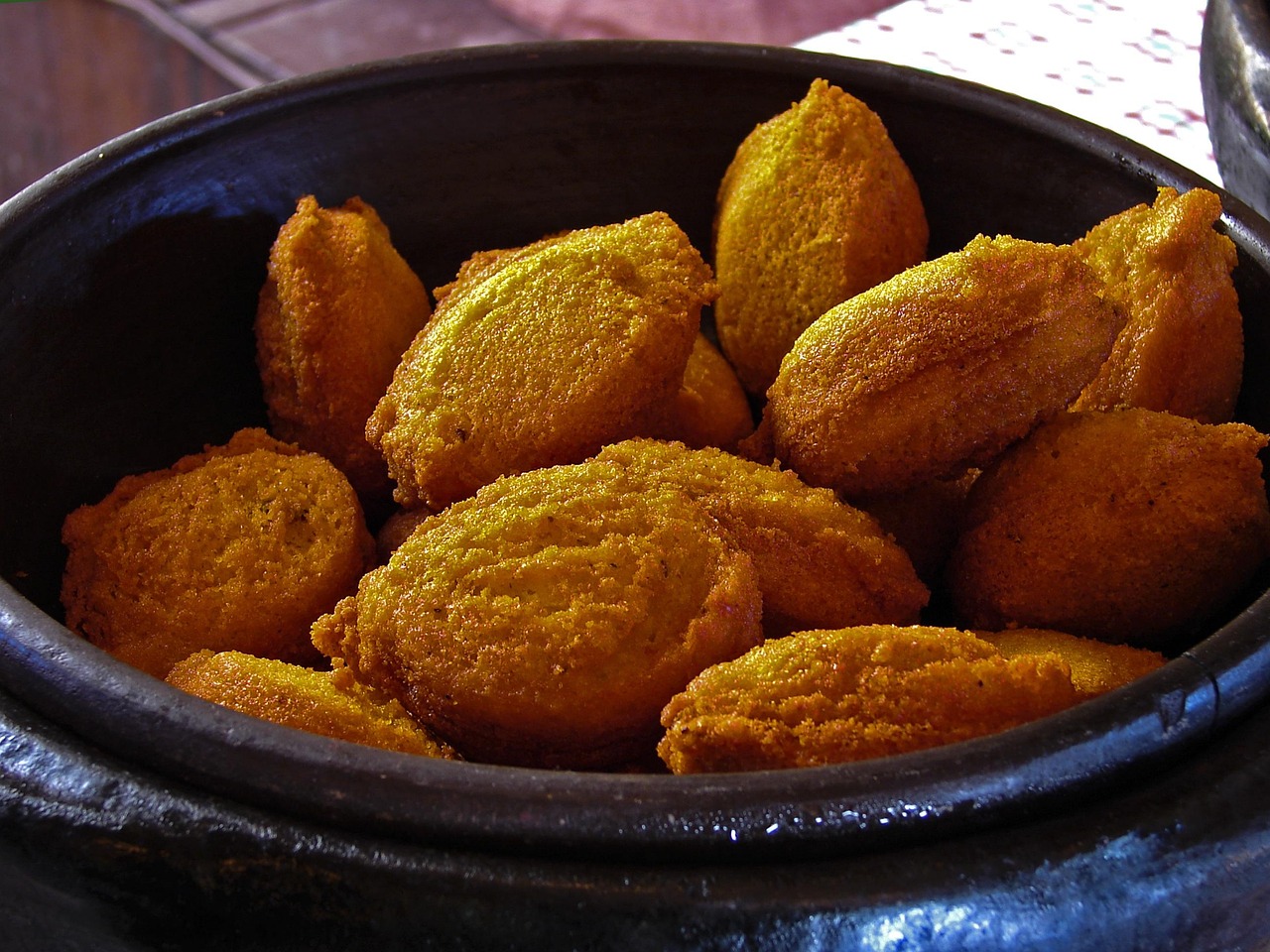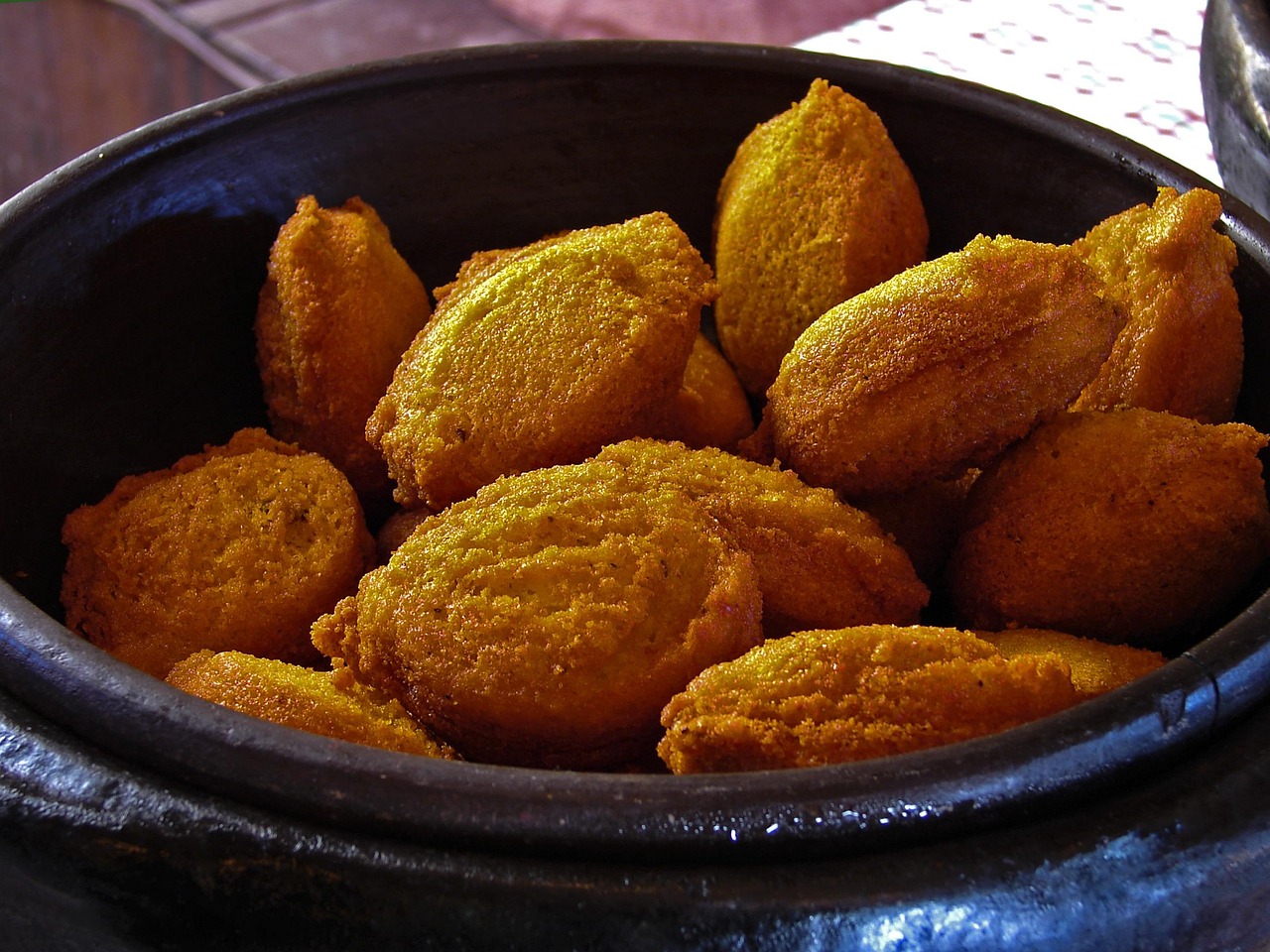Exploring the Delights of Chinese Cuisine:A Guide to Translating Chinese Food Culture into English
Introduction
Chinese cuisine, with its rich history and diverse regional flavors, is a culinary journey that has captivated the world. As the global interest in Chinese food continues to grow, the need for accurate and culturally sensitive English translations of Chinese culinary terms becomes increasingly important. This article aims to provide a comprehensive guide to translating Chinese food culture into English, ensuring that the essence and nuances of this ancient culinary tradition are preserved and appreciated by a wider audience.
The Art of Translation
Translation is not merely a linguistic exercise; it is a bridge between cultures. When translating Chinese food culture into English, it is crucial to consider not only the literal meaning of the words but also the cultural context and culinary practices that give them significance. Here are some key aspects to keep in mind:
1、Regional Variations
Chinese cuisine is not a monolithic entity; it is a tapestry of regional flavors and cooking styles. The eight major cuisines—Anhui, Cantonese, Fujian, Hunan, Jiangsu, Shandong, Sichuan, and Zhejiang—each have their own unique characteristics. Translators must be familiar with these regional differences to accurately convey the specific dishes and ingredients associated with each area.
2、Ingredient Names
Translating ingredient names can be challenging due to the vast array of unique Chinese ingredients that may not have direct English equivalents. For example, "豆腥草" (dòu xīng cǎo), known as "fish mint" in English, is a herb with a distinct flavor that is not found in Western cuisines. In such cases, it is important to provide a description or a comparison to a more familiar ingredient to help the reader understand the taste and aroma.
3、Cooking Techniques
Chinese cooking techniques are as diverse as the ingredients used. Terms like "炒" (chǎo), which means "stir-fry," and "炖" (dùn), which means "braise," are integral to understanding the preparation methods of Chinese dishes. Translators should aim to find the most appropriate English terms that capture the essence of these techniques, or provide explanations if necessary.
4、Dish Names
The names of Chinese dishes often have poetic or historical significance. For instance, "宫保鸡丁" (gōng bǎo jī dīng), known as "Kung Pao Chicken" in English, is named after a Qing Dynasty official who enjoyed the dish. To maintain the cultural richness, it is important to either find an equivalent English name that carries the same connotations or provide a brief explanation of the name's origin.
5、Cultural Context
Understanding the cultural context behind Chinese food is essential for accurate translation. For example, certain dishes may be associated with specific festivals or have symbolic meanings. Translators should strive to include this context in their translations to provide a more complete picture of the dish's significance.
6、Idiomatic Expressions
Chinese cuisine is replete with idiomatic expressions that can be difficult to translate directly into English. Phrases like "色香味俱全" (sè xiāng wèi jù quán), which means "a dish that is complete in color, aroma, and taste," require a translator's creativity to find an equivalent expression that conveys the same meaning without losing its poetic quality.
7、Menu Translation
As Chinese restaurants become more popular worldwide, the need for accurate menu translations is paramount. Translators should work closely with chefs and restaurant owners to ensure that the menu items are not only accurately translated but also presented in a way that is appealing to English-speaking customers.
8、Culinary Terminology
Finally, it is essential to have a solid understanding of culinary terminology in both Chinese and English. This includes not only the names of dishes and ingredients but also the tools and equipment used in Chinese cooking. A glossary of terms can be a valuable resource for translators working in this field.
Conclusion
The translation of Chinese food culture into English is a complex task that requires a deep understanding of both languages and cultures. By considering regional variations, ingredient names, cooking techniques, dish names, cultural context, idiomatic expressions, menu translation, and culinary terminology, translators can help to bridge the gap between the rich culinary traditions of China and the rest of the world. As the global appetite for Chinese cuisine continues to grow, the role of the translator in preserving and promoting this culinary heritage becomes more significant than ever.











